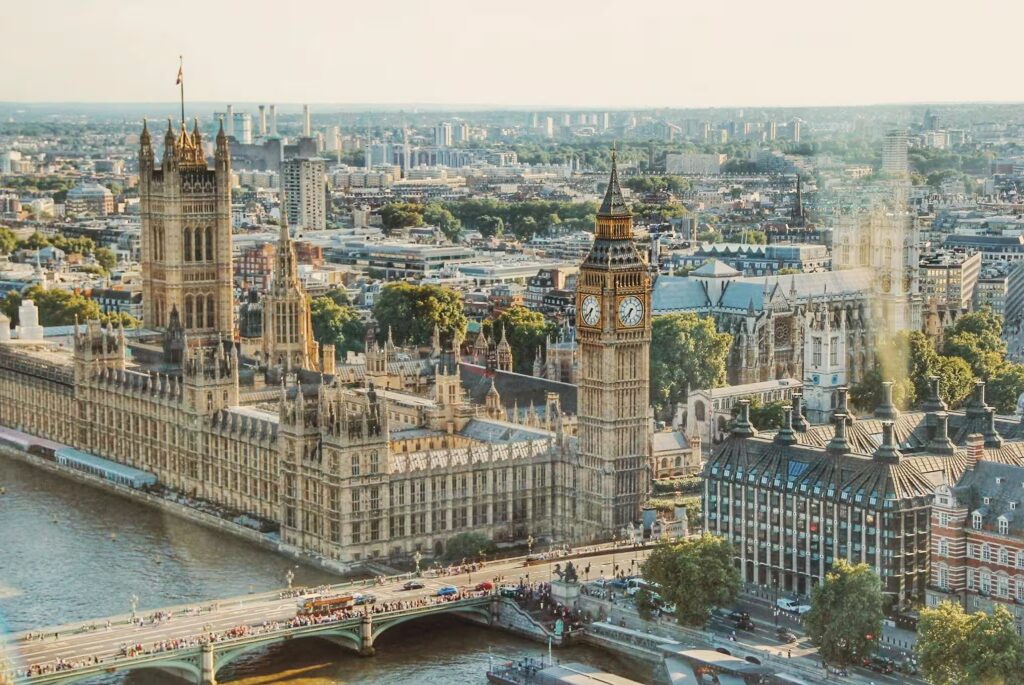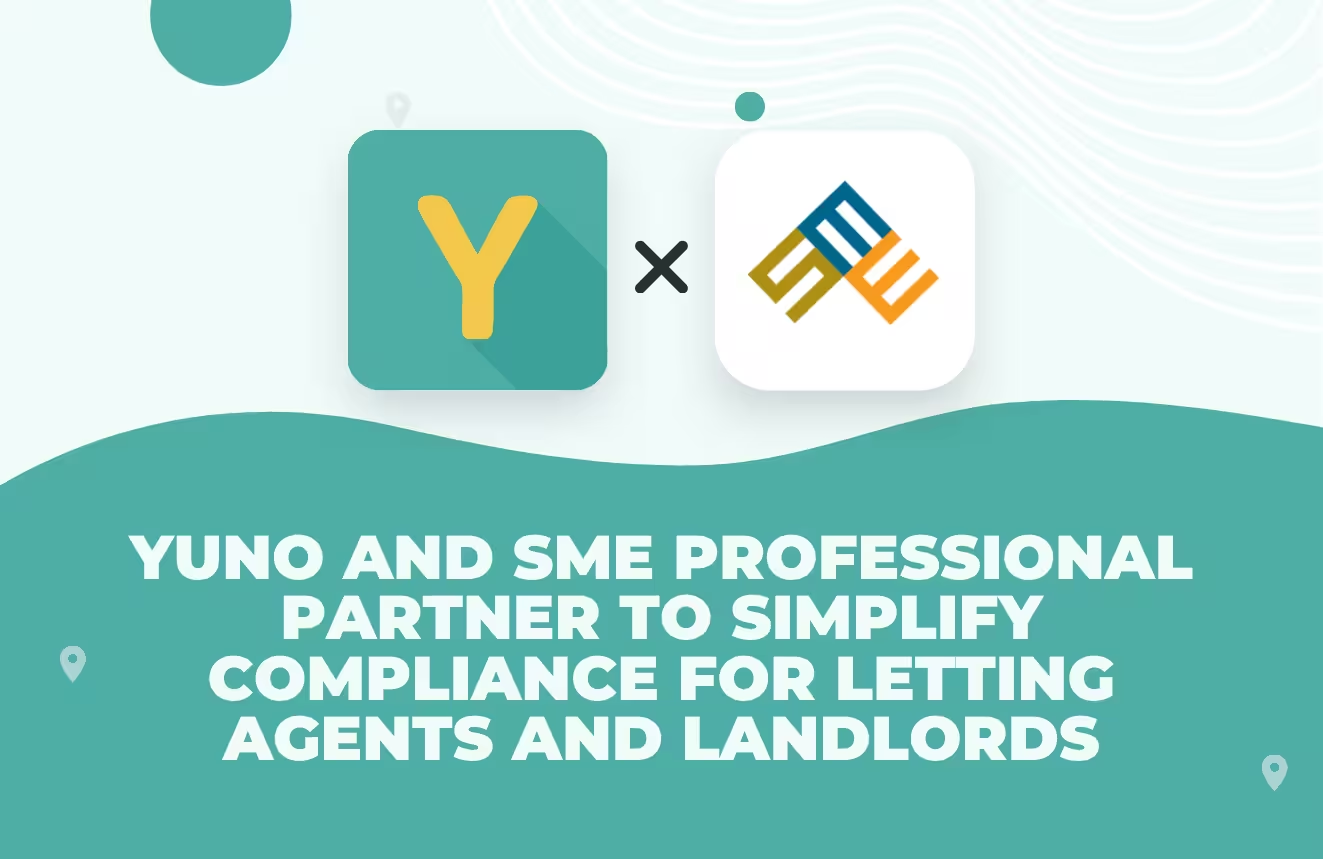Freeholders, long-term lease holders, and block managers are all being caught out by this mystery legislation!
In the intricate landscape of property licensing in England and Wales, there exists a lesser-known but crucial licensing law relating to certain types of converted buildings, known as S.257 HMOs. Did you know that sometimes licences are required both for a flat in a building as well as the building itself? Property owners and managers are increasingly discovering that they have completely overlooked this law, unaware of its implications and the potential fines non-compliance could lead to – up to £30,000’s worth.
So what is a S.257 HMO in England and Wales?
A building:
which has been converted into self-contained flats; and
where the conversion did not comply with the relevant Building Regulations in force at that time and still does not comply; and
where less than two-thirds of the flats are owned-occupied.
Such buildings will require an Additional HMO licence if the local authority area in which it is situated has an Additional Licensing scheme in place, which includes S.257 HMOs. An example is Greenwich’s recent additional HMO licensing scheme which licences all S.257 HMOs in the borough – as well as the usual S.254 HMOs. S.254 HMOs, of course, are generally flats or houses consisting of between 3-4 occupants from more than 1 household and who share or lack facilities (such as kitchens and bathrooms).
While S.254 Additional Licensing focuses on ensuring appropriate facilities and sufficient fire and health and safety measures are in place, S.257 Additional Licensing is designed to ensure that common areas of the building (e.g. lobby areas, passages, stairways, landings, fire doors etc.) are compliant with fire and health and safety requirements. The effect of licensing is to make certain safeguards mandatory, thereby protecting occupants and visitors, despite the building not complying with the relevant Building Regulations.
So what Building Regulations apply, and how do I know if my building is compliant?
If the conversion was completed before 1 June 1992 it should comply with Building Regulations in force as of 1 June 1992. If the building was converted after 1 June 1992, it should comply with the Building Regulations in force at the time of the conversion. Either way, you will likely need to commission a Building Regulations Survey to ascertain whether the building complies with the relevant Regulations.
Adding to this the requirement for buildings to comply with the Building Safety Act 2022 and The Fire Safety Regulations 2022, as well as other legislation, compliance as a building owner or manager/accountable person quickly becomes a rather significant undertaking.
The nuances within property licensing and compliance in England and Wales, together with councils creating new schemes all the time, makes it essential for stakeholders to understand and adapt to the changes. In today’s increasingly digitised world, a highly effective way of doing this is leveraging digital tools and technologies. From receiving up to date regulatory information, to digital audits, to scheduling in works and inspections, digital solutions can make your life far easier.
Having professional compliance support can not only help you avoid costly fines (or even rent repayment orders), but it can lead to increased property standards, more efficient and cost-effective maintenance, and careful protection of your assets (including raising property value). This in turn inevitably leads to greater tenant satisfaction, and increased revenue through your property becoming sought after to live in.
For those seeking assistance in managing S.257 HMO compliance (or any other licensing or HMO planning permission), Yuno is available to provide comprehensive guidance and support, each step of the journey. Visit Yuno’s website to find out more.
















